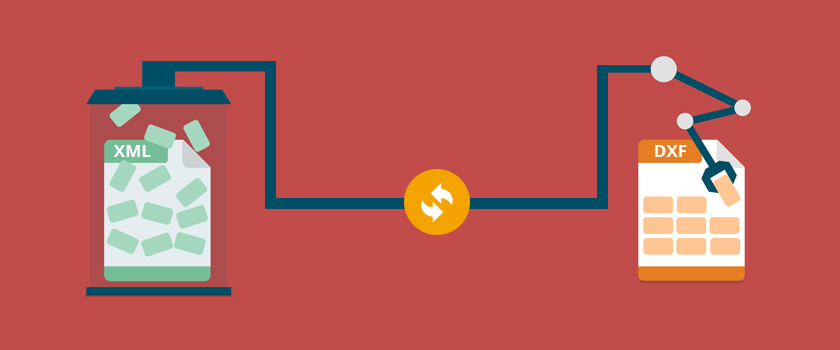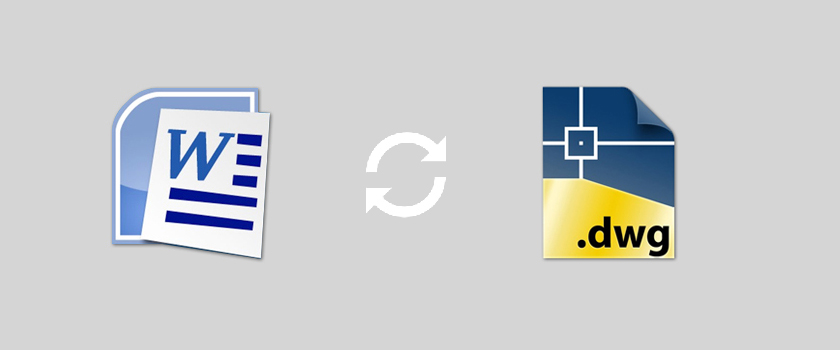Why More Hospitals Turn to Video Translation Services?
By: Salman Saeed Posted on Tue, 26-09-2023

With the passage of each year, the United States is getting increasingly multilingual. According to the Census Bureau’s 2019 report, nearly 68 million Americans speak a foreign language at home. The report indicates that these numbers have tripped from 23.1 million in 1980 to nearly 67.8 million in 2019.
The number of languages that make the United States one of the world’s most linguistically diverse nations is between 350-430. Keeping this in view, the Joint Commission makes it necessary for hospitals and healthcare facilities to provide patients with interpreters if they need them.
How language barriers can lead to harmful consequences?
Annals of Emergency Medicine is the official journal of the American College of Emergency Physicians. They published a study in 2012 that revealed thousands of interpretation errors in audio recordings from patient visits to two large pediatric emergency departments, even when professional interpreters were used. These errors and mistakes induced addition, omission, or substitution of words. In some cases, there was the usage of specific words which were not there in the source language. Of all these mistakes, 18% mistakes had the potential to cause harmful consequences. However, the mistakes were not frequent in instances where professional medical interpreters with at least a hundred hours of training delivered the services.
Furthermore, the American Journal of Managed Care went on to publish a study in June of the same year. According to that study, patients having a primary language other than English were more likely to experience multiple readmissions within 30 days.
Hospitals find it difficult to afford such services
Hospitals are struggling financially to provide their patients with professional interpreters. Most often, they would rely on an untrained interpreter or family members of the patient. This is because the cost of hiring an interpreter is generally more than what the physician gets paid for a visit.
More medical facilities have shifted to video translation services
In order to ensure equitable medical care to patients with no or limited English proficiency, giving access to professional interpretation services becomes extremely crucial. But these services are costly as explained above. As a result, hospitals are turning to video translation services. Doing so allows them to save as much as 50% compared to hiring an in-person interpreter.
On-site interpretation services typically come with a 2-hour minimum payment, not to mention the travel and mileage costs. Video translation services, on the other hand, include by-the-minute quotes instead of by-the-hour. And the average prices of video translation services are between $1 to $3 per minute or even less.
This pretty much explains why hospitals and medical facilities are shifting to video translation services in order to accommodate patients who speak a language other than English.
Interested to learn more about these video translation services? Here are different types of video translations that you can use to overcome language barriers present within your medical care.
i) Video Remote Interpreting or VRI

VRI or video remote interpreting is one of the most popular video translation services in the medical industry. In fact, most people when they first hear any phrase that states “video translation services” VRI comes to their mind. This is simply due to the popularity VRI has gained after the onset of COVID-19.
If you are reading this article, then you might have already heard about this service. But it’s wrong or inaccurate to characterize video remote interpreting as “video translation”. This is because an interpretation service has to do with the spoken word. While the translation service deals with text. If you’re also among those people who confuse these two terms then don’t feel bad to know the difference.
In any case, the concept of video remote interpreting should be clear to you. It connects an offsite interpreter with a third party as well as the source language speaker. This is made possible by using video conferencing technology along with an electronic device having access to WiFi. Hospitals generally use VRI when the onsite interpreter is not available due to some reasons.
Body language is a crucial component of interpretation, which is the main reason VRI the patient experience and patient outcomes in healthcare. This becomes paramount when there is a need to translate spoken words into sign languages such as ASL. In the case of ASL, VRI makes it possible to see the movements and expressions that are unique to ASL due to its sentence structure, grammar, and syntax.
There is no substitute for on-site interpretation services in that regard. Nevertheless, VRI can prove to be the next big thing. Work with medical VRI interpreters who are professionally trained and who can stick to confidentiality agreements.
ii) Video Transcription

It refers to the written record of when the patient interacted with a caregiver during their VRI session. When transcription services come into the healthcare field, it becomes crucial for these services to meet the standards of HIPAA regulations. Along with HIPAA compliance, these services also need to maintain an updated database of electronic health records.
Video transcription services also bridge the gap in situations when the patient is unsure about what things were said during a session. Thus, they help eliminate confusion and any associated anxiety issues.
When a medical facility is serving multiple cultures, the need for accurate and professional video transcription services becomes crucial. The medicinal titles and medical terms could be in the United States and your target culture(s). Therefore, you need to partner with expert localization professionals who know how to use the right words to avoid any issues.
iii) Voiceover Translation

The concept of voiceover is simple. In this approach, the professionals translate the content present in a pre-recorded video. Voice actors record the message in the target language which is then added to the original audio.
If we compare voiceover with dubbing, then the difference is evident. Dubbing replaces the original audio but in voiceover, the original soundtrack is audible in the background. Moreover, it uses a phrase-sync style to create the new audio.
Hospitals and medical offices use voiceover translation services to keep patients with limited English ability to understand important information. This information could be any public health messages, policies, best practices, etc.
Whether you use dubbing or voiceover translation, remember captions should be an important part of the equation. In a medical business, you would be serving patients who are deaf or have difficulty hearing. Thus, captions will help accommodate such persons.
iv) Subtitling

The famous use of subtitling services is in Netflix movies and TV shows. The global expansion of this streaming giant leans heavily on dubbing and subtitling that are available in several relevant languages for each popular show.
With all due respect to the subscription-based streaming service Netflix, the use of subtitling is of much more significance in the field of healthcare.
Hospitals use subtitling to convert speech into text for patients who are not proficient in English. These subtitles are also important to help hard-of-hearing or deaf patients. Professional subtitle translators would understand their symptoms and translate the healthcare policies and procedures accordingly.
Need professional video translation services?
If you need professional video translation services for your medical facility, we stand ready to assist you in improving your patient care. MT offers certified medical translations with a large number of linguists, each being an expert in your subject matter. Request a free quote today and we’ll set your project in motion as soon as possible.

Africa is the second largest and second most populous continent. As recent statistics suggest, 1,486,275,887 is the current population of
Read more
dxf: DXF is a CAD data file format developed by Autodesk for CAD data exchange between AutoCAD and other software. docx:
Read more
Mars Translation can help you extract the texts in a DXF file and convert them into a XML file so
Read more
Mars Translation can help you extract the texts in a DWG file and convert them into a Word file so
Read more
No state on the western side of the globe can compare the strategic geographic location, diverse multilingual workforce, and attention
Read more
San Diego is California's second-largest city, and it has a population of 1.3 million from which three million residents are
Read more
Dallas is the largest state in Texas after Houston and San Antonio. It is the ninth most populous city in
Read more
In this day and age, users love to consume video content. Statistics show that almost 90% of all internet users
Read more
Virtual reality is transforming our imaginative worlds into existence. Since childhood, we used to create visionary kingdoms and act like
Read more